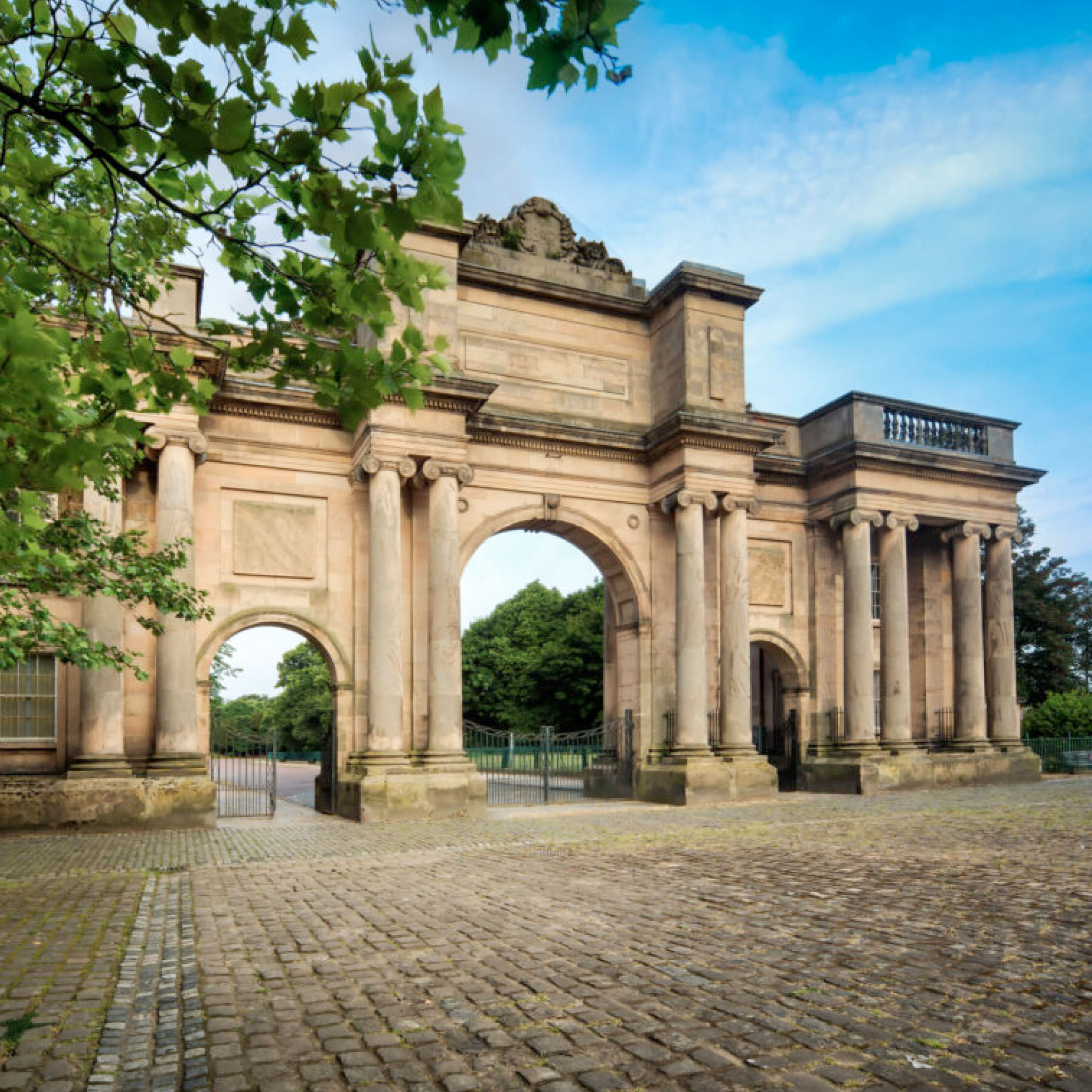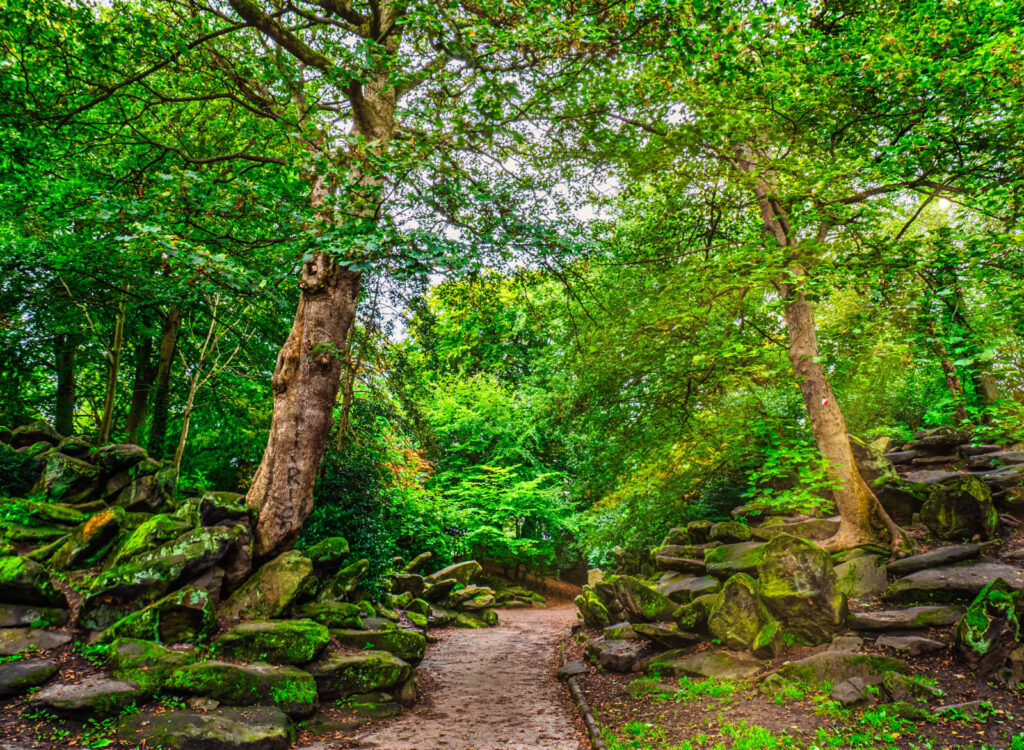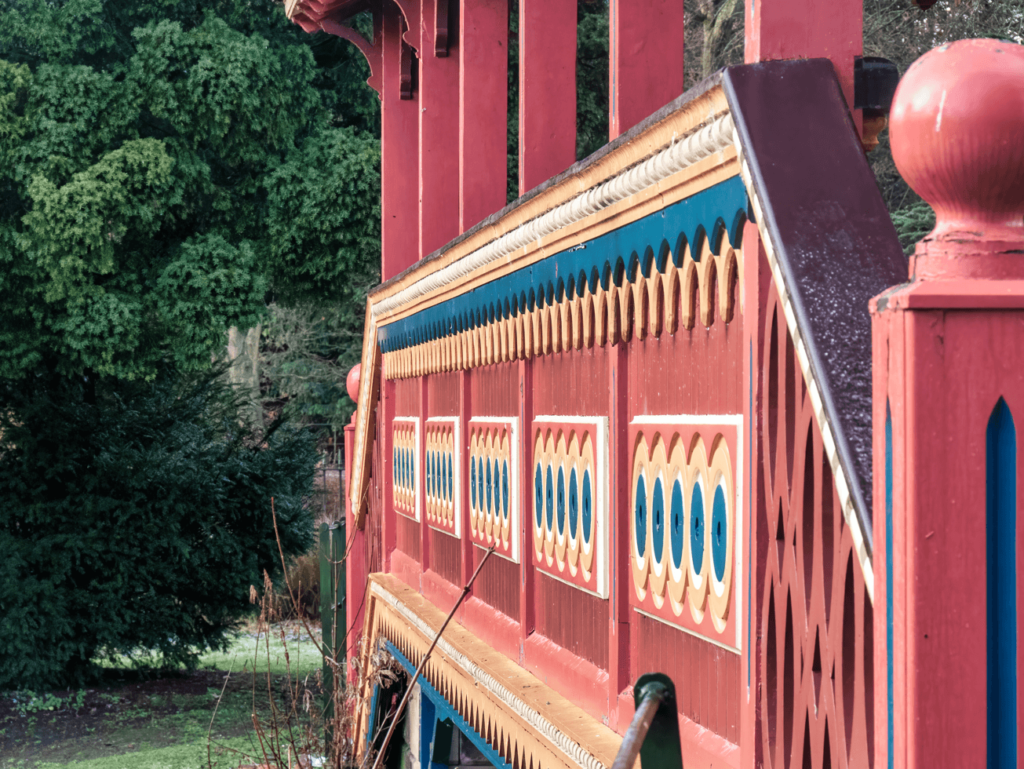Birkenhead Park: a potential World Heritage Site?
Birkenhead Park is a very special place for many reasons. Amongst others, it is reputed to be the first public park ever created by a municipal authority and consequently it inspired the development and creation of parks right across the world. Perhaps the most well-known is Central Park in New York.
Birkenhead Park is a pioneering ‘People’s Park’ which is historically and culturally important to the communities of Wirral, as well as to the UK and the rest of the world. Nationally, its significance is recognised by its listing at Grade I – the highest grading – by Historic England on the Register of Parks and Gardens of Special Historic Interest. Birkenhead Park is one of only a handful of public parks outside London to achieve this recognition.
For several years, it has been an ambition of Wirral Council and partners – including the Friends of Birkenhead Park – to seek UNESCO’s recognition of the park and its immediate surroundings as a World Heritage Site. UNESCO is the United Nations Educational, Scientific and Cultural Organization and one of its roles is to designate World Heritage Sites.
Earlier this year, the opportunity arose to make progress towards this and in July 2022, Wirral Council made an application for Birkenhead Park to join the UK’s Tentative List of World Heritage Sites. Following the submission of the application, the Department for Digital, Culture, Media and Sport announced on Monday 10th April 2023 that Birkenhead Park would be included on the UK Tentative List for potential nomination for inscription on the UNESCO World Heritage List.
We’ve put together some ‘frequently asked questions’ which will help you understand more about this ambition and what it may mean for the park, our visitors and our neighbours and local communities.

What is the ‘Tentative List’?
Before applying to become a UNESCO World Heritage Site, a site must be included on its national government’s ‘waiting list’ of potential sites, called the ‘Tentative List’.
By being added to the UK’s Tentative List, Birkenhead Park becomes one of the potential sites to be formally nominated by the UK government to UNESCO in the next ten years.
When might Birkenhead Park become a UNESCO World Heritage Site?
Applying to become a UNESCO World Heritage Site is a long process that could take 10 years or so. It’s not possible to be precise because the time will depend on many factors.
Following the inscription on the UK’s Tentative List, Wirral Council will work closely with Historic England, the relevant UK government departments and other national and international partners, to develop the park’s nomination to UNESCO. This process can take several years and will involve thorough assessments along the way. Indeed, being invited to join the UK’s Tentative List by no means guarantees that a site will progress to be nominated.
However, assuming Birkenhead Park gets to the stage of nomination, it will be the UK government’s responsibility for making the formal application to UNESCO. As it stands, the UK government will generally submit a site for nomination every other year. The most recent UK site inscribed on the UNESCO World Heritage List in 2021 was The Slate Landscape of Northwest Wales.

What’s so special about Birkenhead Park that it might be a World Heritage Site?
Birkenhead Park is very special – and we believe that it should be recognised as such. It is one of Britain’s foremost public parks and the forerunner of the development of public parks around the world. We believe that Birkenhead Park meets three of UNESCO’s ten criteria (i, ii, and iv) for selecting World Heritage Sites.
- To represent a masterpiece of human creative genius
- To exhibit an important interchange of human values, over a span of time or within a cultural area of the world, on developments in architecture or technology, monumental arts, town-planning or landscape design
- To be an outstanding example of a type of building, architectural or technological ensemble or landscape which illustrates (a) significant stage(s) in human history
For more information on UNESCO World Heritage criteria visit UNESCO website
Recently, the pandemic has demonstrated how crucial urban public parks are for people’s health and wellbeing. The inscription of Birkenhead Park on the World Heritage List would be a significant step in acknowledging that and help in safeguarding their future for generations.
What are the benefits of becoming a World Heritage Site?
Achieving World Heritage status for Birkenhead Park would bring many opportunities and benefits to the local community, businesses and the borough of Wirral, including:
- Acknowledging the role played by Birkenhead in the development of public parks around the world
- Raising awareness about the park’s global significance
- Strengthening the protection of the park for future generations to enjoy
- Increasing the sense of pride of local communities for their heritage and identity
- Attracting more national and international tourists and visitors, creating new opportunities for local businesses and boosting the local economy
- Better connecting together local residents and those who visit and enjoy the park
- Creating new funding opportunities for the park and its surroundings.

If Birkenhead Park becomes a World Heritage Site what will that mean for proposed developments and changes in and around it?
As we progress to the next stage – working on the submission of a nomination to UNESCO – the proposed World Heritage Site (the park and its immediate surroundings) will need to be looked after to the highest possible standards. That means that any proposed changes will also need to fully consider the heritage value and significance of the park and be ‘appropriate’ to that. This will be important in making sure that what is special about the place is preserved and enhanced.
Birkenhead Park is a Grade I listed Park. It is already located within a designated Conservation Area and a significant number of surrounding properties are also listed buildings. World Heritage Site status would not prevent appropriate improvements, but it would require a thorough appraisal of any development proposal. Of course, being a World Heritage Site will be advantageous in attracting additional funds to enable such high quality and suitable changes.
If you have more questions about Birkenhead Park’s journey to become a UNESCO World Heritage Site, do not hesitate to get in touch with us.
